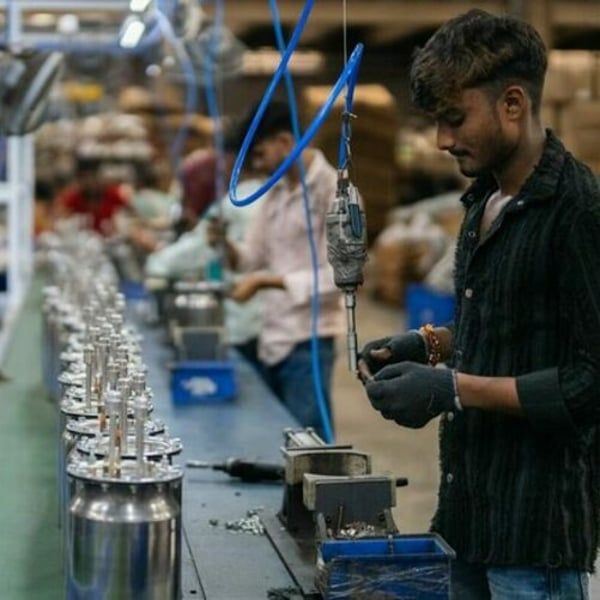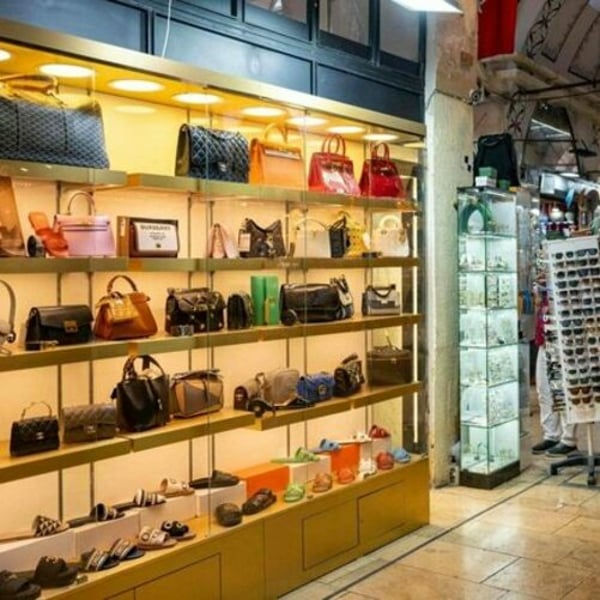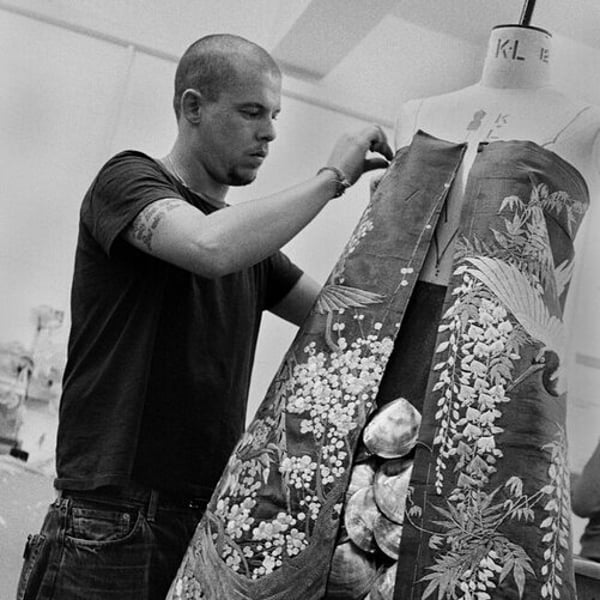By
Bloomberg
Published
August 27, 2025
Indian exporters beaten by the 50% rate of President Donald Trump say they cannot survive without government support, as relief calls grow.
The tariffs, which entered into force on Wednesday in Washington, doubled the previous service of 25% and are now among the highest in Asia, leaving the poorly competitive Indian goods in the US market. Industry groups are pressing for a stimulus that includes cheaper loans, salary subsidies and tax exemptions to soften the blow.
Without such relief, they warn, production will stop, workers could be fired and India runs the risk of giving their market share won the rivals with effort.
“Those with 100% of exports to US markets have fired the big works,” said Sc Ralhan, president of the Federation of Indian Export Organizations. “The government needs to come to our rescue immediately.”
The United States is the largest export destination in India. In 2024, the nation of southern Asia sent goods of $ 87.4 billion there, approximately one fifth of total merchandise exports of the country in the year until March 2025.
Buyers are already changing orders to Bangladesh, Vietnam and Cambodia, where tariffs are around 20%, according to Israr Ahmed, managing director of Farida Shoes PVT. He estimates that exports from footwear to the United States could dive up to 90% this year.
For US companies trying to keep costs, the new pricing disadvantage of India is simply too steep. “50% rates are not viable for customers,” said Ahmed, adding that buyers have already asked Indian exporters to deliver product specifications to alternative suppliers in Southeast Asia.
Clothing manufacturers are estimating a blow of around $ 3 billion, according to Sudhir Sekhri, president of the Aptocistas Export Promotion Council. To face, Indian companies are increasing production in facilities abroad such as Bangladesh and Cambodia, changing work abroad to keep customers while avoiding pronounced tariffs.
New Delhi is probable to remain committed to the US. While prioritizing strategic autonomy, preserving energy and defense ties with Moscow, as well as the diversification of associations through TLC with the EU, New Zealand, Oman and others.
Improving ties with China can generate more investment in electronics, clean technology and other non -strategic sectors, but security friction and regional rivalry make a deeper association unlikely.
Trump's move marks a strong deterioration in ties for the two nations and a change in Washington's strategy over the years to court India as a counterweight for China. Trump has criticized India for buying Russian oil, which he was financing the war of President Vladimir Putin in Ukraine. Nueva Delhi has defended its ties with Russia and has described the actions of Washington “unfair, unjustified and unreasonable.”
The encumbrances will reach more than 55% of the goods sent to the United States and hurt the intensive labor industries such as textiles and jewels. Key exports such as electronics and pharmaceutical products are exempt, avoiding new Apple Inc. factory investments in India for now.
Even if the government launches a stimulus package, it would only provide a short -term relief. The biggest problem is that Indian exporters built their growth plans in the United States, seen as a lucrative and rapidly growing market. With those cases now overturned and the companies that change production abroad, the manufacturing base of India runs the risk of being hugged.
Officials in New Delhi are finding ways to support exporters. The senior officials of the Prime Minister's office, together with the Ministries of Commerce and Finance, would meet on Tuesday to discuss possible measures, including lower interest loans and help to access new markets, Bloomberg previously reported.
The governor of the Bank of the Reserve of India, Sanjay Malhotra, said Monday that it is likely that tariffs have only a limited impact on the economy. The Central Bank remains in a relaxation cycle to support growth, even in the industries affected by the rates, he added.
Ajay Sahai, general director of the FIEO, warned that industries that include textiles, leather, crafts, carpets, toys, marine products, chemical and plastic products will be significantly affected. Exporters are already looking for alternative markets, and a medium -term change is expected, he said.
However, in the short term, the cash flow remains the most pressing concern and facilitating liquidity for companies should be the main priority of the government, Sahai said. India has more than 200,000 exporters, and around 80,000 of them depend on the US market, he added.












